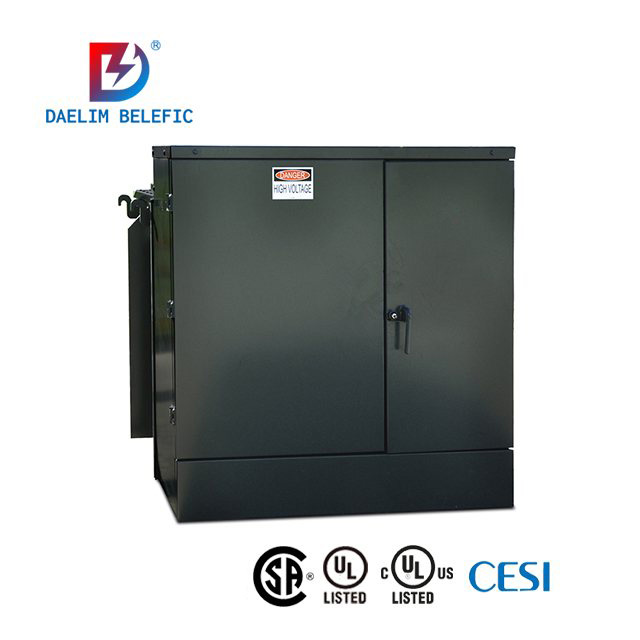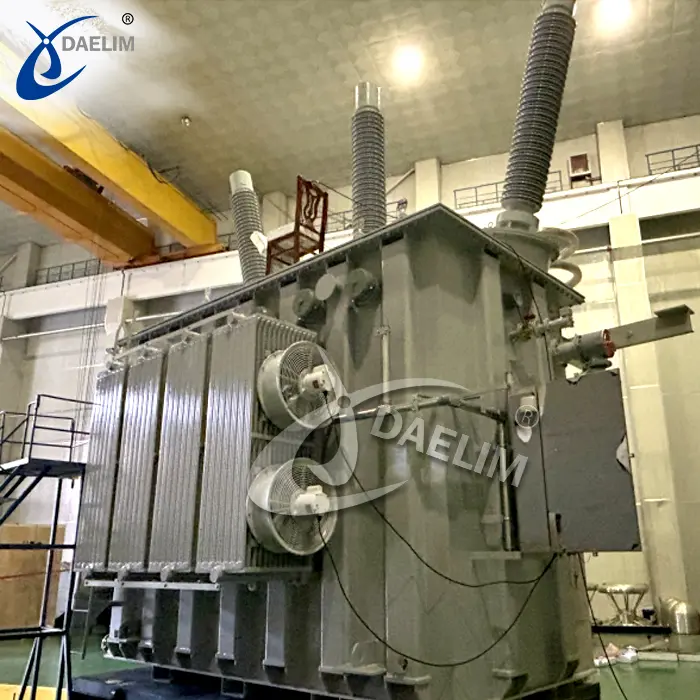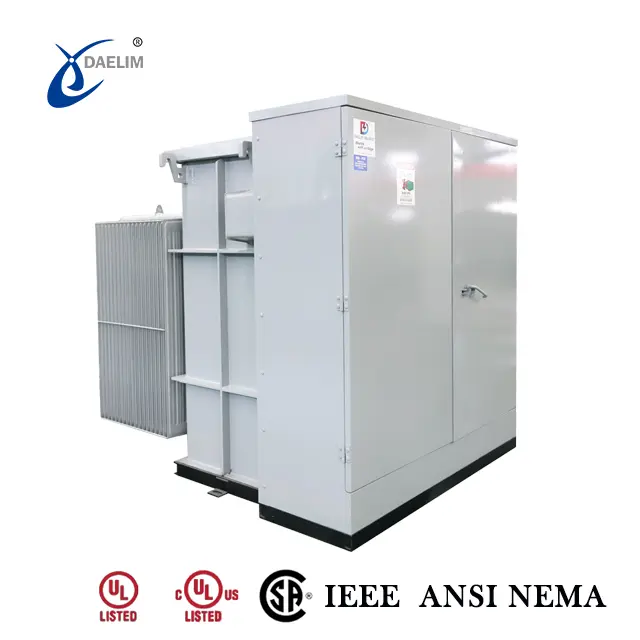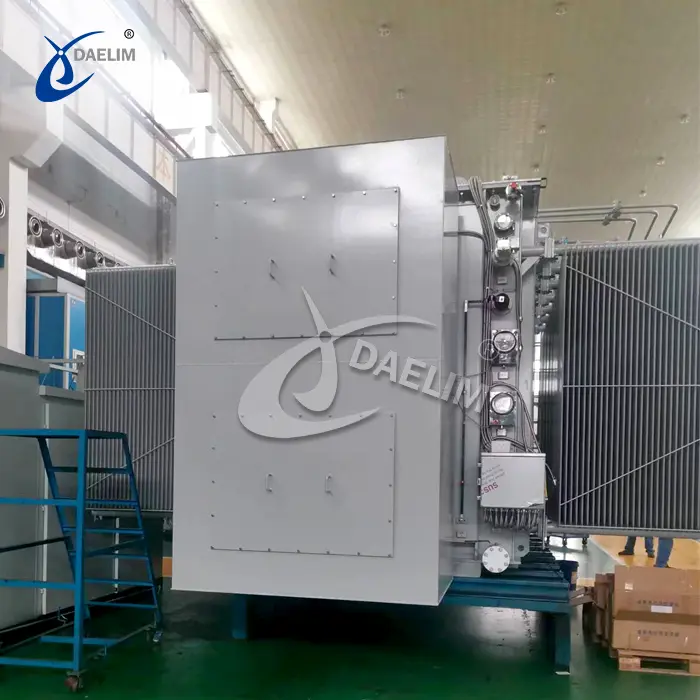Transformer Oil Aging, Regeneration, and Purification
During transformer operation, oil undergoes oxidation due to air and high temperatures. This leads to color darkening, increased viscosity, and decreased insulation performance, a process known as "aging." To restore oil quality:
Aging Effects
Transformer oil changes color, becomes turbid, and increases in viscosity, flash point, acid value, and ash content, impairing insulation.
Regeneration
Chemical methods separate degradation products in aged oil. Antioxidants like picromide (0.02% to 0.03% of total oil) enhance stability.
Purification
Physical methods remove moisture and contaminants from dirty oil using pressure or vacuum oil filters.
Effective management of transformer oil ensures prolonged equipment lifespan and reliable performance in electrical applications.
Related Products
Related Article
Protection and Maintenance Methods for Oil Transformers
Prevent oil transformers from moisture and leakage, regularly monitor oil levels and temperature, ensure proper installation, and timely oil changes and drying. Pay special attention to storage time, sealing, and maintenance to ensure normal operation and insulation performance.
Temperature Protection and Maintenance for Transformers
Transformers require precise temperature protection, monitoring insulation grades, and appropriate oil types. Dry-type transformers trip at 130°C, oil-immersed at 90°C. In cold climates, FR3 fluid is recommended for its effective performance at -50°C.
Advantages of Transformer Yyn0 Vector Group
The Yyn0 vector group transformer offers distinct advantages in suppressing high-order harmonic currents and managing low-voltage single-phase ground short-circuit faults. However, it does have limitations regarding the handling of single-phase unbalanced loads, where the Dyn11 connection demonstrates superior performance. These characteristics should be carefully considered when selecting the appropriate transformer connection for specific applications to optimize performance and reliability.
Impact of Operating Temperature on Transformers
Maintaining an optimal operating temperature is crucial for the longevity and reliability of transformers. Excessive temperatures accelerate the aging process of the winding insulation, leading to a significant reduction in service life. Ensuring that the hottest point temperature remains within safe limits can help in maximizing the operational lifespan of transformers and maintaining their performance. For long-term efficiency and reliability, it is essential to monitor and control the operating temperature of transformers.
Transformer Drying Methods and Procedures
The article outlines transformer drying methods: oil tank iron loss, zero-sequence current, and vacuum dehumidification, emphasizing controlled heating and moisture removal for enhanced insulation reliability.
What is the difference between autotransformer and ordinary transformer?
Autotransformers differ from ordinary transformers by having both electrical and magnetic connections, smaller size, lower cost, and complex relay protection settings, whereas ordinary transformers only have magnetic connections and distinct primary and secondary windings.






